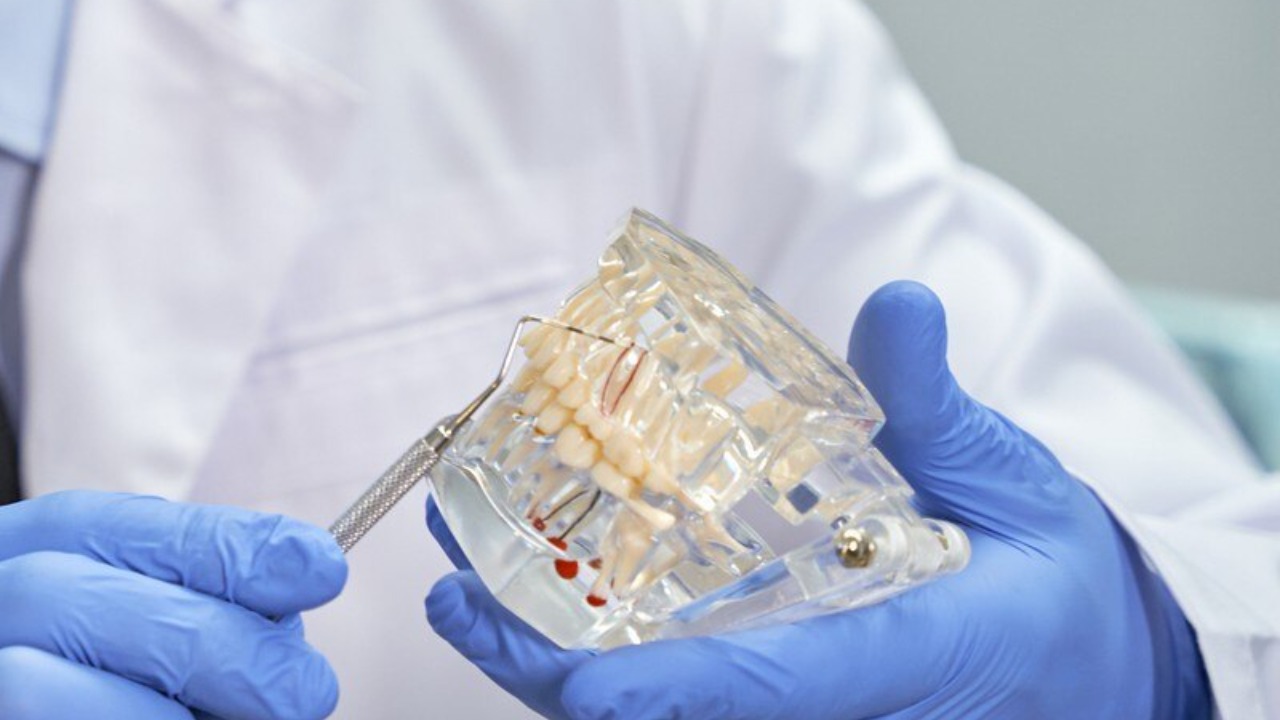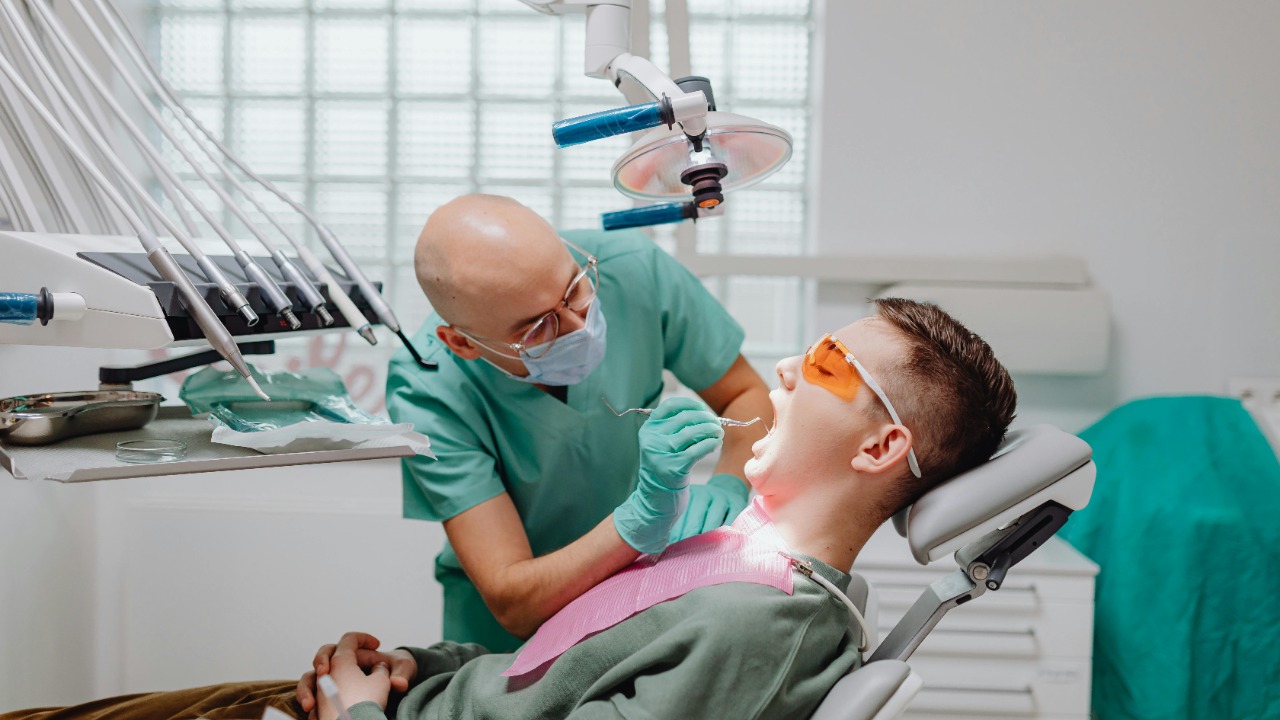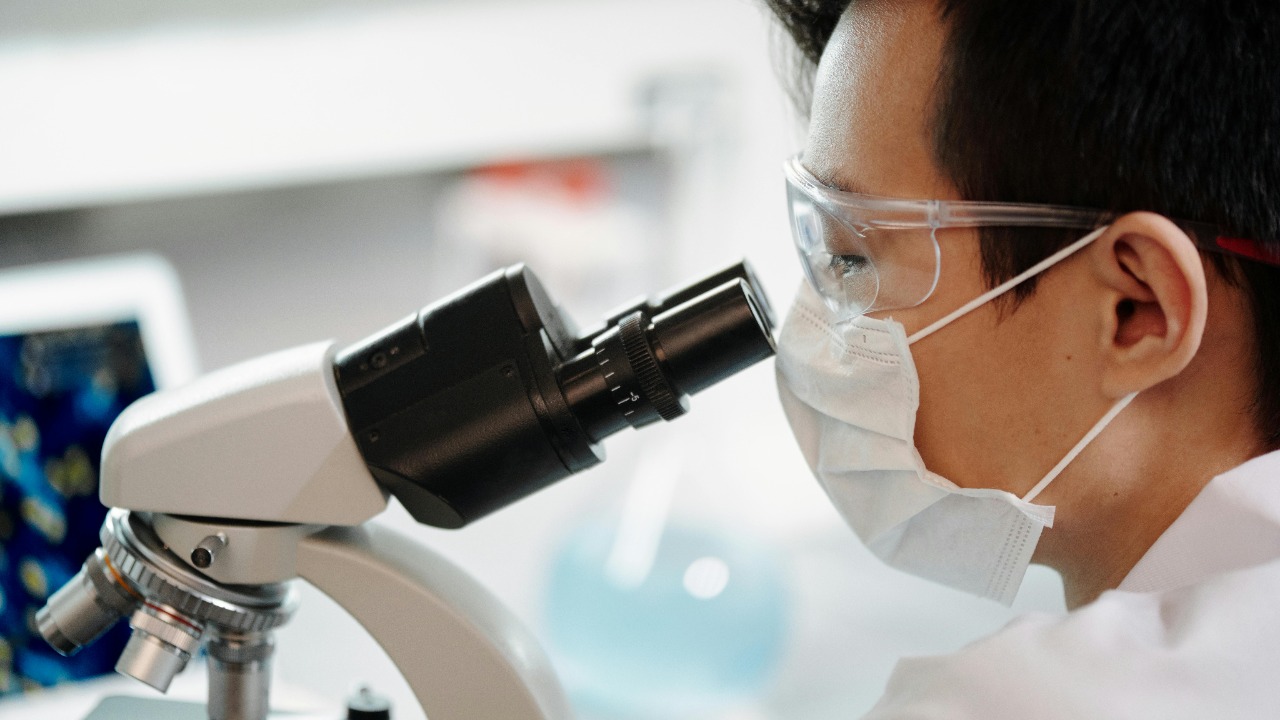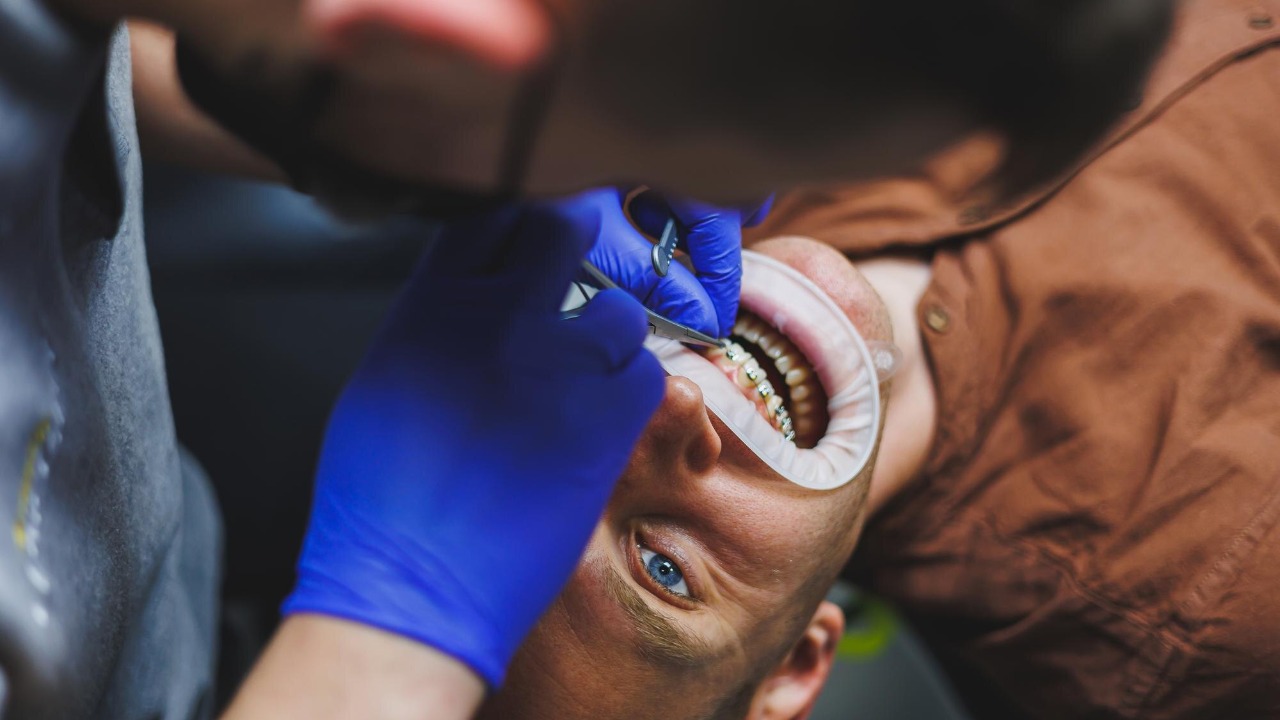
A groundbreaking discovery has revealed that humans possess a third set of teeth, a revelation that could revolutionize dental health. Scientists have developed a medicine that may stimulate the growth of this third set, offering hope for individuals with missing teeth.
Discovery of the Third Set of Teeth

Recent scientific findings have uncovered that humans have a potential third set of teeth, a discovery that could have significant implications for human dental health. This third set, dormant in most individuals, has the potential to replace lost or damaged teeth, offering a natural alternative to artificial dental implants. This discovery, as reported by Popular Mechanics, could change our understanding of human dental physiology and open up new avenues for dental treatment.
The significance of this discovery extends beyond mere replacement of missing teeth. The existence of a third set of teeth could potentially reduce the need for artificial dental implants, which can be expensive and require invasive surgical procedures. This could make dental care more accessible and affordable for many individuals worldwide.
Development of the New Medicine

Following the discovery of the third set of teeth, scientists embarked on a mission to develop a medicine that could stimulate their growth. Japanese researchers played a pivotal role in this groundbreaking medical discovery, as detailed by the Times of India. The development of this medicine involved extensive research and experimentation, with the goal of creating a safe and effective treatment that could unlock the potential of the third set of teeth.
The medicine works by stimulating the dormant cells responsible for the growth of the third set of teeth. This process, while complex, holds the promise of a natural solution to tooth loss, a common problem affecting millions of people worldwide.
The research team, led by Japanese scientists, worked tirelessly to understand the biological mechanisms that control the growth of the third set of teeth. Their work involved studying the genetic and cellular factors that contribute to tooth development. This in-depth research was crucial in identifying the specific cells that needed to be targeted by the medicine, as reported by the Times of India.
Once the target cells were identified, the next challenge was to develop a medicine that could safely and effectively stimulate these cells. The team conducted numerous laboratory tests and experiments to refine the medicine. The final product is a testament to the team’s dedication and commitment to advancing dental health. The medicine not only stimulates the growth of the third set of teeth but also ensures that the teeth grow in the correct position and alignment, contributing to overall oral health.
Testing and Implementation

Japanese dentists have been instrumental in testing the new medicine. Their work has been crucial in determining the effectiveness and safety of the drug. The outcomes of these tests, as reported by the Oral Health Group, have shown promising results, indicating the potential of the drug to help people regrow new teeth.
The testing phase involved rigorous trials and assessments to ensure the safety and efficacy of the medicine. The positive outcomes of these tests have paved the way for the potential widespread use of the medicine, offering hope for individuals with missing teeth.
During the testing phase, the medicine was administered to a select group of individuals who had lost one or more teeth. The results were closely monitored by a team of dentists, who observed the growth and development of the new teeth over a period of several months. The results were encouraging, with the majority of the test subjects successfully growing a new tooth where one had been missing, according to the Oral Health Group.
Following the successful testing phase, plans are now underway to implement the use of this medicine on a larger scale. This involves training dentists on how to administer the medicine and monitor its effects. The implementation phase also includes developing guidelines for the use of the medicine, such as identifying the ideal candidates for the treatment and determining the optimal dosage and frequency of administration.
The Future of Dental Medicine

The development of this medicine could have a profound impact on dental health and medicine. It represents a significant advancement in dental treatment, potentially reducing the need for artificial implants and making dental care more accessible. The Dentistry Today explores the potential impact of this medicine on the future of dental health.
The discovery of the third set of teeth and the development of the medicine to stimulate their growth opens up possibilities for future research and development. This could lead to further advancements in dental medicine, potentially revolutionizing the way we approach dental care and treatment. The future of dental medicine looks promising, with the potential to improve the quality of life for millions of individuals worldwide.
The discovery of the third set of teeth and the development of the medicine to stimulate their growth could potentially change the way dental health is approached. It could shift the focus from treating the symptoms of dental health issues, such as tooth loss, to preventing these issues in the first place. This preventative approach could significantly reduce the burden of dental health issues on individuals and healthcare systems, as explored by Dentistry Today.
The potential of this medicine extends beyond just dental health. The same principles and techniques used to stimulate the growth of the third set of teeth could potentially be applied to other areas of medicine. For example, they could be used to stimulate the growth of other types of tissue or organs, opening up new possibilities for regenerative medicine. This could lead to breakthroughs in the treatment of a wide range of health conditions, further demonstrating the far-reaching implications of this discovery.